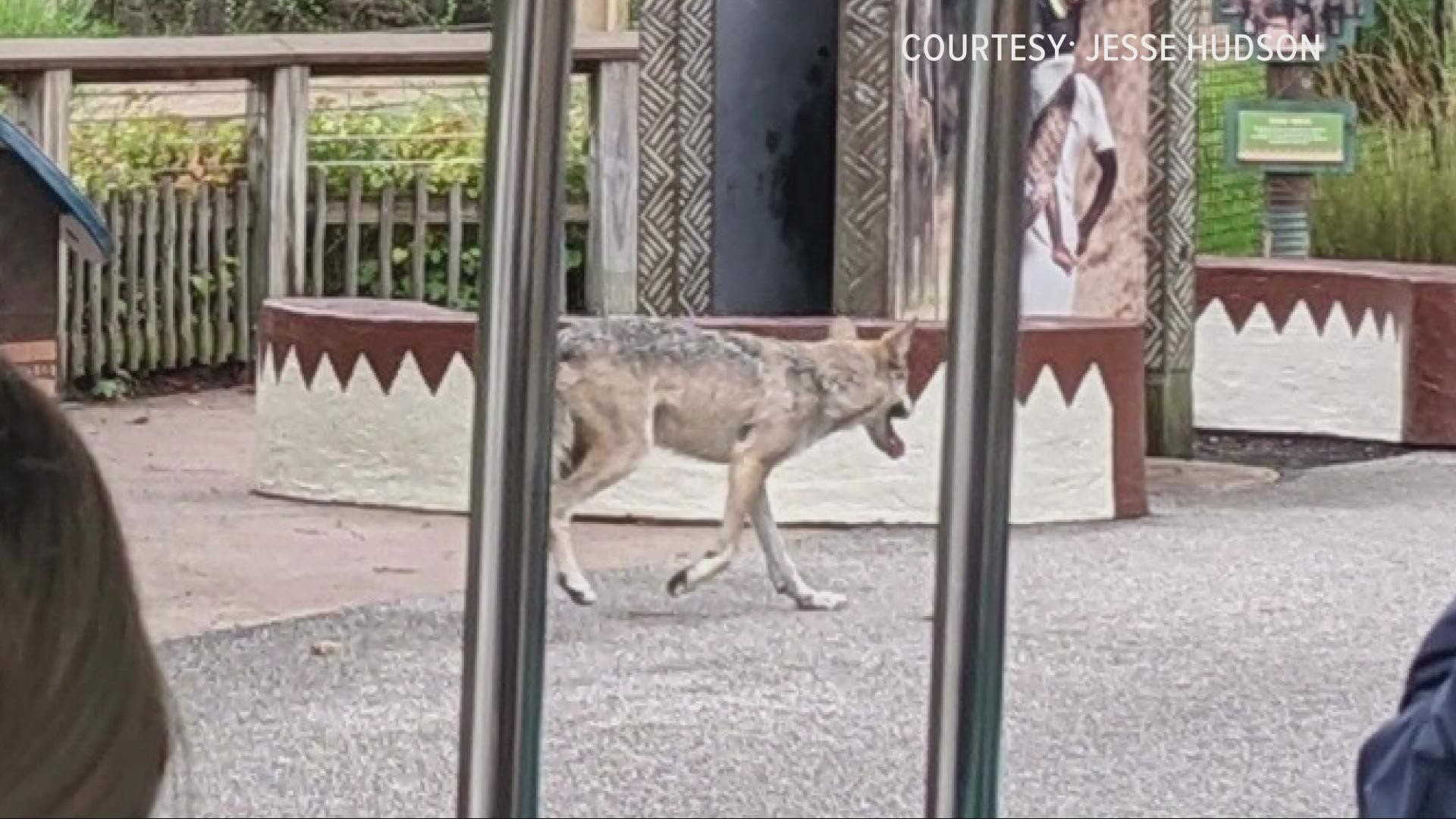CLEVELAND — The investigation is underway into how a wolf escaped its enclosure at Cleveland Metroparks Zoo. No one, including the wolf, was hurt, but it begs the question: How did a wolf escape an enclosure to begin with?
It turns out the wolf breached the habitat by scaling the containment walls and creating a gap in the top of the enclosure. Cleveland Metroparks Zoo says it is working on modifications to prevent a breach in the future.
3News found out there are 5 steps zoos take to try and prevent this very thing from happening.
"Safety is our top priority, that’s why we have so many protocols in place," says Cleveland Metroparks Zoo Executive Director Dr. Chris Kuhar.
The 4-year-old female Mexican Gray Wolf named "Sarra" escaped from its habitat on Labor Day morning at Cleveland Metroparks Zoo. It was loose for about an hour, but roamed an area occupied by humans for only about five minutes, thanks to the quick actions of zookeepers.
PREVIOUSLY: Wolf secured after 'briefly breaching its habitat' at Cleveland Metroparks Zoo: What we know
So how did Sarra escape in the first place?
"It’s fenced in and it has a ceiling on it as well, so we’re looking into whether or not the fenced area or the ceiling panels had some kind of mechanical error. It doesn’t seem to be any human error at this point," says Kuhar.
There are 5 general steps zoos follow to ensure visitor safety:
1. The zoo itself must be heavily fortified with the sturdiest of materials.
"We’re currently doing an investigation to determine how exactly she was able to breach the exhibit," says Kuhar.
2. Zookeepers must know the risk factors of every animal on site – bird to beast.
"People hear the name 'wolf' and they think of a really scary, dangerous animal, but these particular wolves aren’t even on our dangerous animal list," says Kuhar.
3. Practice, practice, practice! Conducting drills regularly is a must, says Kuhar.
"It was less than an hour before she had a tranquilizer dart and was returned to the space. We do this kind of drill all the time."
4. Human life must be first priority, which leads to number 5 – zoos must be prepared and equipped to use lethal force. Luckily, Sarra was part of a more docile species of wolf.
"There are about 200 of these animals in the wild. These actually are all managed by the US Fish & Wildlife Service, so we don’t do a whole lot of training with them," says Kuhar, who went on to say that "as a result, these wolves are afraid of people, so she tried to avoid people, which is good, right? That’s the scenario we want."
The enclosure that Sarra breached was behind the usual wolf habitat. The zoo was doing some tree maintenance and had moved the wolves temporarily.
Related Stories:

